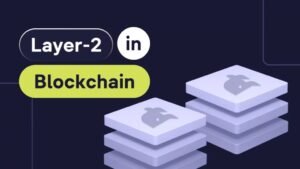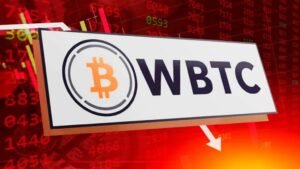Owning a piece of a digital community where your stake grows in value because the organization itself is buying back its own tokens. That’s the idea behind token buybacks in Decentralized Autonomous Organizations (DAOs), a crypto twist on a classic corporate strategy. But do these buybacks truly benefit token holders, or are they just a flashy tactic to boost prices temporarily? Drawing on recent data and examples like Aave’s $2.6 million profit from buybacks, let’s explore how DAO token buybacks work, their impact on value, and whether they’re a smart move for the crypto crowd.
What Are DAO Token Buybacks?
Token buybacks are when a DAO uses its treasury funds—often stablecoins like DAI or USDC—to purchase its own governance tokens from the open market. Similar to stock buybacks in traditional companies, the goal is to reduce the number of tokens in circulation, potentially increasing the value of each remaining token. In DAOs, these tokens often represent voting power or a stake in the protocol’s success, making holders akin to shareholders in a decentralized world.
Some DAOs, like MakerDAO, burn the tokens they buy back, permanently removing them from circulation. Others, like Aave, hold them in reserve for future use, such as funding projects or rewarding contributors. Either way, the process is transparent, governed by smart contracts and community votes, and recorded on the blockchain for all to see.
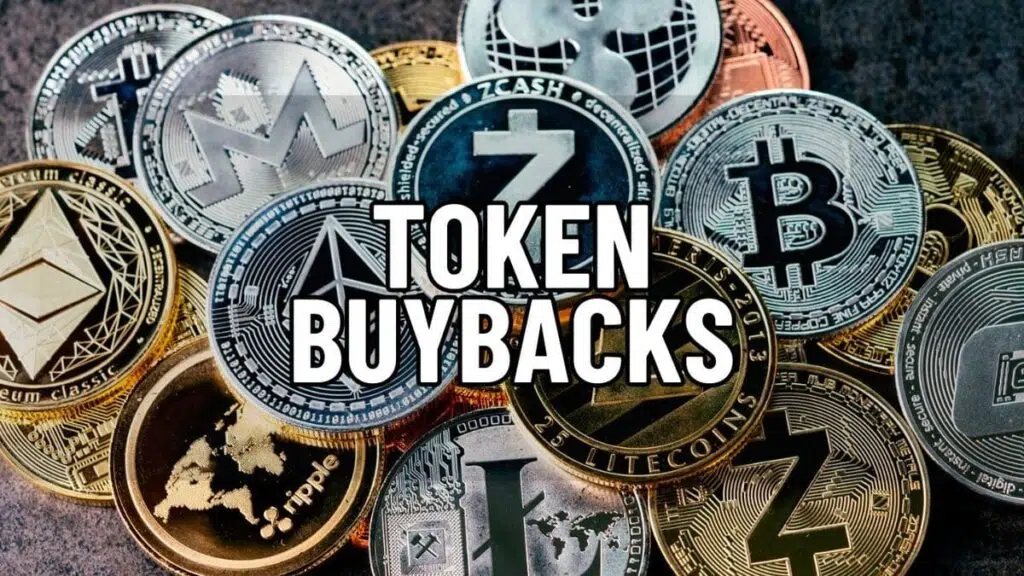
Why DAOs Are Betting on Buybacks
DAOs are increasingly turning to buybacks to manage their token supply and signal confidence in their projects. But what’s driving this trend, and does it really create value for token holders? Here’s why buybacks are gaining traction:
Reducing Supply, Boosting Value
By buying back tokens, DAOs reduce the circulating supply, which can increase scarcity and drive up prices—assuming demand stays steady. For example, MakerDAO’s Smart Burn Engine, launched in 2023, uses excess DAI to buy and burn MKR tokens, reducing supply by 0.7% monthly at current rates. This has helped stabilize MKR’s value and reward holders.
Signaling Confidence
A buyback tells the community, “We believe in our project.” Aave’s recent buyback program, which netted $2.6 million in unrealized profits by August 2025, shows DAOs using buybacks to demonstrate financial health and attract investors. It’s like a company saying, “Our stock is undervalued, and we’re putting our money where our mouth is.”
Rewarding Loyal Holders
Unlike dividends, which can trigger tax headaches, buybacks offer a tax-efficient way to reward token holders by increasing token value. This is especially appealing in crypto, where regulatory clarity is still evolving. Holders benefit without selling their tokens, keeping their voting power intact.
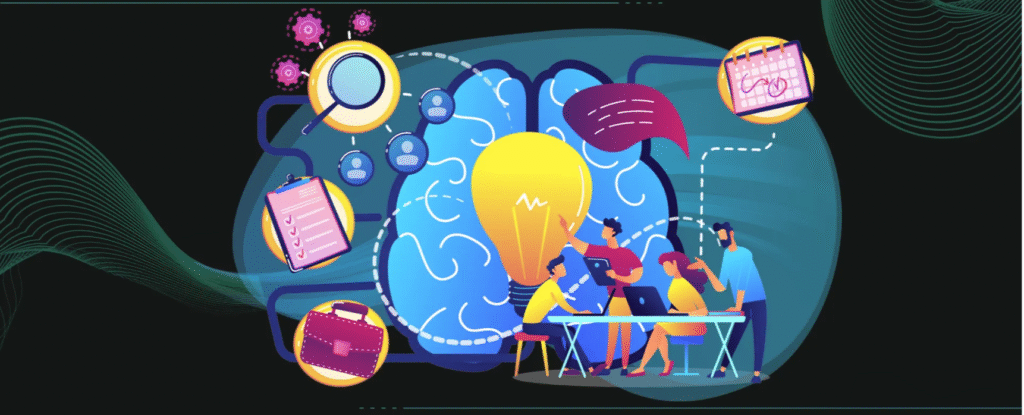
Do Buybacks Really Create Value? The Data Says…
The big question is whether token buybacks deliver lasting value or just short-term price pumps. Recent data offers insights into their impact:
Success Stories
- Aave DAO: Aave’s buyback strategy, reported on August 4, 2025, generated $2.6 million in unrealized profits by repurchasing AAVE tokens during market dips and holding them for price appreciation. This not only boosted token value but also strengthened the DAO’s treasury for future initiatives.
- MakerDAO: Since implementing its Smart Burn Engine, MakerDAO has burned millions in MKR tokens, reducing supply and supporting price stability for its $1 billion market cap token. This has made MKR more attractive to long-term holders.
- Binance (BNB): While not a DAO, Binance’s quarterly BNB burns, tied to platform revenue, have reduced supply by over 30% since 2017, driving significant price growth and setting a precedent for DAOs.
Mixed Results
Not all buybacks guarantee success. Data from traditional markets shows mixed outcomes: a 2018 study found that S&P 500 companies with frequent buybacks often outperformed the market, but only when fundamentals were strong. Similarly, DAOs with solid revenue streams—like MakerDAO’s DAI yields or Aave’s lending fees—see better results than those relying solely on treasury funds. Weak protocols risk depleting reserves without lasting impact.
Risks to Watch
Buybacks can backfire if poorly timed or executed. If a DAO buys tokens at inflated prices, it may lose money when prices drop. Regulatory risks also loom, as buybacks could be seen as securities-like behavior, attracting scrutiny in jurisdictions like the U.S. Plus, burning tokens reduces flexibility, while holding them in reserve may only delay supply increases.
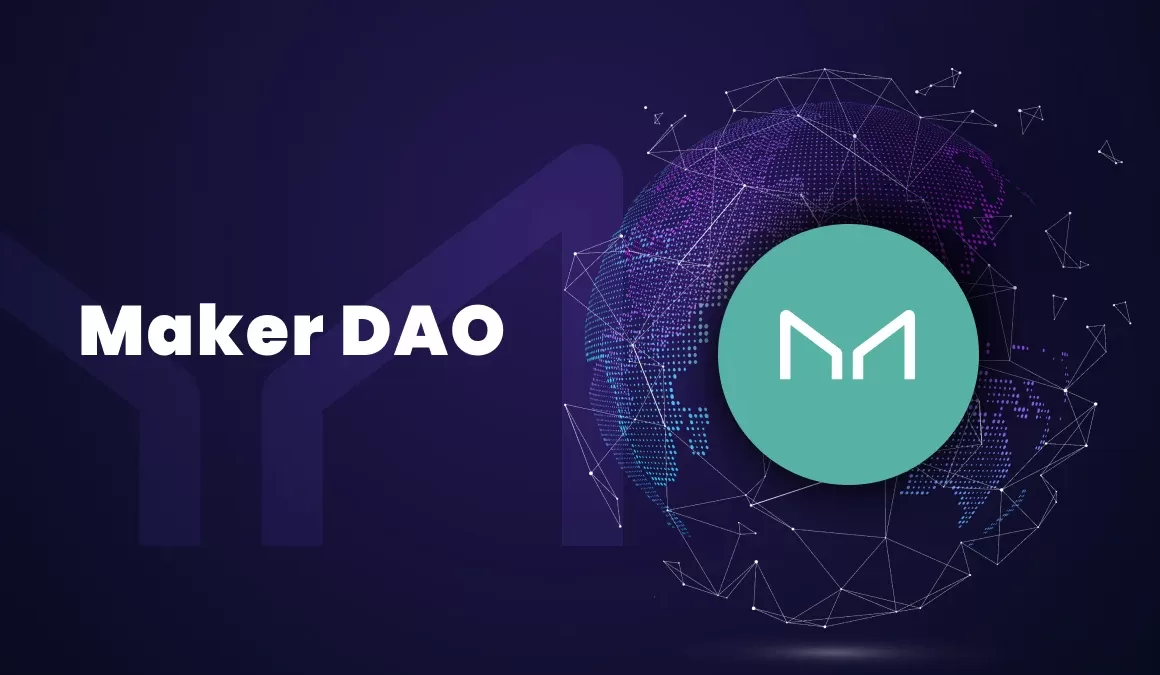
How DAOs Make Buybacks Work
Executing a buyback isn’t as simple as hitting “buy” on a crypto exchange. DAOs use structured approaches to ensure fairness and impact:
Governance and Voting
Most buybacks start with a community proposal, voted on by token holders. For example, Aave’s buyback was approved via Snapshot, a popular off-chain voting tool, ensuring transparency and community buy-in. This democratic process aligns with DeFi’s ethos.
Smart Contracts and Automation
Protocols like MakerDAO’s Smart Burn Engine automate buybacks using predefined rules, such as triggering purchases when the treasury’s DAI surplus hits $50 million. This removes human bias and ensures consistent execution.
Strategic Timing
Successful DAOs buy tokens during market dips, as Aave did, maximizing value. Data shows firms that buy low and hold or burn outperform those chasing high prices, a lesson from traditional markets that applies to crypto.
Challenges and Criticisms
Despite their potential, token buybacks aren’t a magic bullet. Critics argue they can be a short-term gimmick, especially if DAOs prioritize price pumps over building useful products. If a protocol’s revenue dries up, buybacks can drain treasuries, as seen in some failed OHM forks that burned through funds without sustainable growth.
Security is another concern. Governance attacks, where bad actors amass tokens to manipulate votes, could misuse buyback funds. DAOs like Uniswap mitigate this with diversified treasuries and robust voting systems, but smaller projects remain vulnerable.
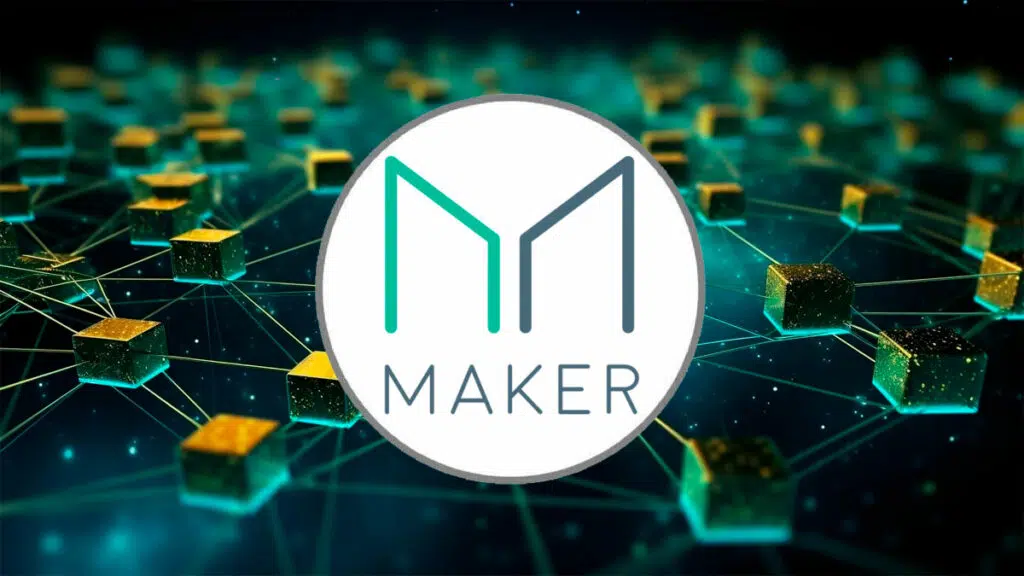
The Future of DAO Buybacks
Token buybacks are becoming a staple for mature DAOs, signaling a shift from growth-at-all-costs to sustainable value creation. As DeFi protocols like Uniswap, Aave, and MakerDAO generate steady revenue—$85.5 billion in treasury assets across the top 75 DAOs—buybacks offer a way to reward holders without the legal complexities of dividends.
Looking ahead, innovations like synthetic buybacks, using derivatives to hedge risks, could make DAOs more efficient, as seen in traditional firms like Bank of America. Posts on X also highlight growing excitement for “programmatic buybacks” that automate value return, suggesting community optimism.
Should You Bet on DAO Buybacks?
For crypto enthusiasts, DAOs with buyback programs offer a chance to own tokens that could grow in value while retaining voting power. But not all buybacks are equal—focus on DAOs with strong fundamentals, like Aave or MakerDAO, and be wary of projects with shaky revenue or governance. Check platforms like CoinMarketCap (coinmarketcap.com) or DAO analytics sites like PatentPC (patentpc.com) to track buyback activity and treasury health.
Token buybacks can create real value, but they’re no guarantee. By combining community governance, smart automation, and strategic timing, DAOs are proving they can rival traditional finance in rewarding their “shareholders.” The data is clear: when done right, buybacks work.


